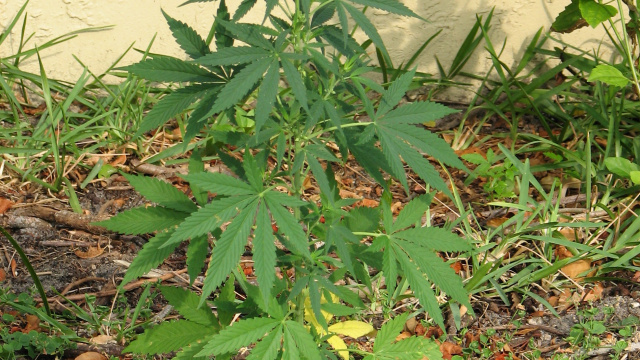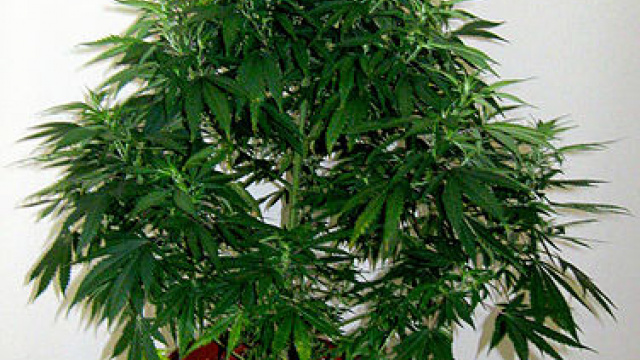 Marijuana was Canada’s newest mail-order product Tuesday, the inaugural day of a controlled medical marijuana industry that is expected to grow to more than $1 billion dollars within 10 years. But even as the new system privatizes distribution, critics fear regulation under the conservative-led government will make it harder for patients to get access to the drug.
Marijuana was Canada’s newest mail-order product Tuesday, the inaugural day of a controlled medical marijuana industry that is expected to grow to more than $1 billion dollars within 10 years. But even as the new system privatizes distribution, critics fear regulation under the conservative-led government will make it harder for patients to get access to the drug.
In Canada, medical marijuana has been legal but highly regulated for more than a decade. Patients with doctor approval could grow or have someone else grow small quantities or request limited amounts from Health Canada, the national healthcare department.
But the conservative-led government voted earlier this year to effectively scrap that system in favor of a private—but also strictly regulated—system, targeting the flow of legal marijuana into the black market and shedding Health Canada’s role in marijuana production. Health Canada will phase out the current system, under which it sells registered users marijuana grown by Prairie Plant Systems, by the end of March.
Instead, starting Tuesday, medical marijuana users, or aspiring users, can send in an application directly to sanctioned corporate producers, along with a doctor’s note (or in some cases, a nurse’s note). If approved, they can place an order, pay the market price (the black market price is about $10 a gram; officials say the medical marijuana price will drop below that within a year), and wait for the secure courier to deliver their weed.
There are nearly 40,000 people registered to use the drug under the current system in a country with a tenth the population of the U.S., and the government expects that number to balloon—up to 450,000 by 2024—and fuel what could become a $1.3 billion domestic pot industry. But the government expects that the privatized system, with only heavily-vetted producers (so far there are two licensed distributors, of at least 156 applications), will help ensure a higher level of oversight.
“We’re fairly confident that we’ll have a healthy commercial industry in time,” Sophie Galarneau, a senior official with Health Canada, told the Canadian Press. “It’s a whole other ball game.”
The new regulations have failed to win over advocates for legalized marijuana, who have faced strong resistance from the conservative government led by Prime Minister Stephen Harper. In November, even as two states in the United States voted to legalize recreational marijuana, the Harper government passed strict minimum penalties for people who grow as few as six marijuana plants.
“They treat pot like it’s plutonium,” says Blair Longley, head of the single-issue Marijuana Party that fielded five candidates in the 2011 parliamentary elections. Speaking to TIME, Longley says he’s concerned the market-based system, which nixes the right to cheaply grow marijuana at home, will make marijuana less affordable for patients.
“We always knew that marijuana would get legalized in the worst possible way. It’s not a surprise that that’s what’s happening,” Longley says.
Undeterred, potential growers are lining up to be licensed in the new system, including the conditional owners of a former Hershey’s chocolate factory.
“The opportunity in the industry is significant,” Eric Nash, a licensed grower in the past who’s planning to enter the new market, told the Canadian Press. “We’ll see a lot of moving and shaking.”
Source: Time Magazine (US)
Author: Noah Rayman
Published: October 2, 2013
Copyright: 2013 Time Inc.
Contact: [email protected]
Website: http://www.time.com/time/



Leave a Reply